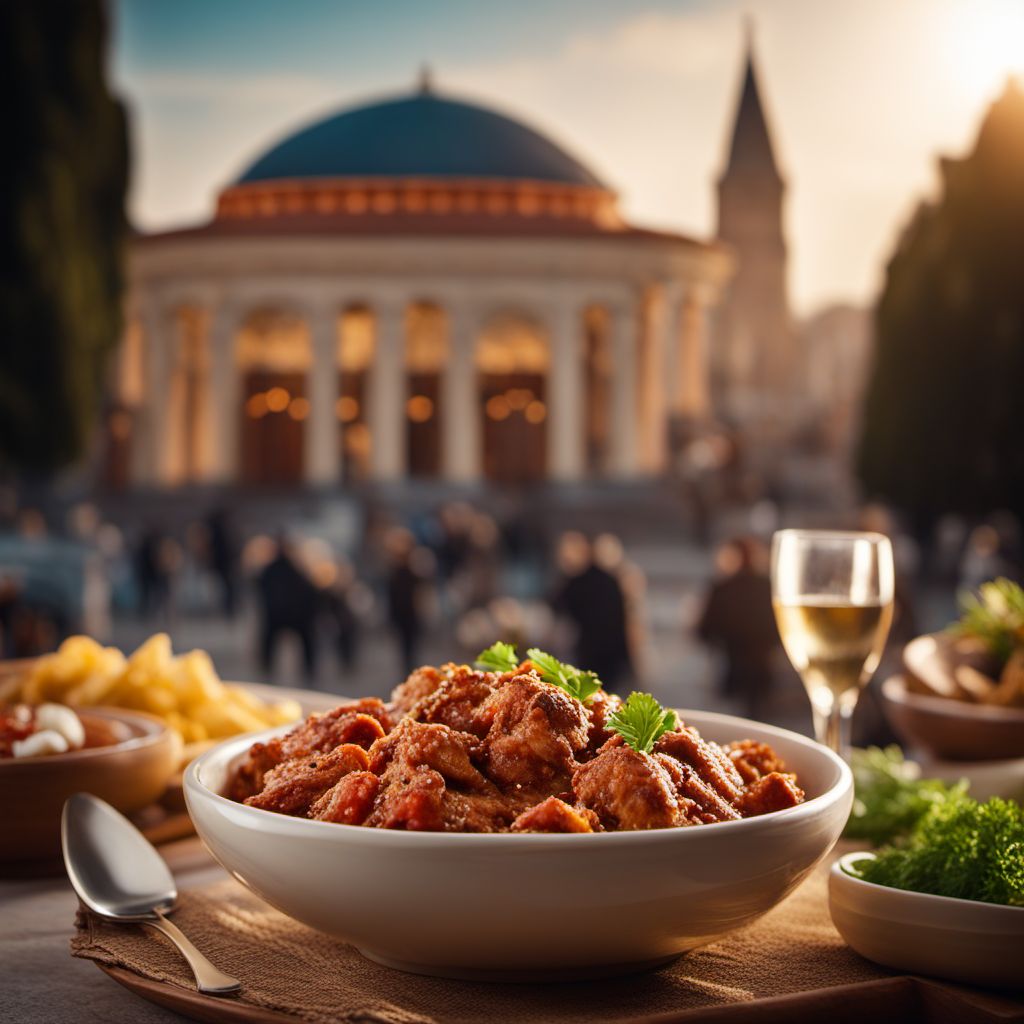
Cuisine
Romanian cuisine
Romanian cuisine is characterized by the use of fresh and seasonal ingredients, such as vegetables, fruits, grains, and meats. The dishes are often slow-cooked and spiced with herbs and spices. Some of the popular dishes include sarmale (stuffed cabbage rolls), mici (grilled minced meat rolls), and ciorba (sour soup).
Typical ingredients
Pork, Beef, Chicken, Lamb, Potatoes, Onions, Garlic, Tomatoes, Bell peppers, Eggplant, Sour cream, Cheese, Dill, Parsley, Paprika, Cumin
Presentation and garnishing
The dishes are often presented in a rustic and simple manner, with minimal garnishing. However, some dishes, such as sarmale, may be decorated with intricate patterns.
Romanian cuisine is also known for its wine, which is made from local grapes. The wine is an important part of the Romanian culture, and is often served during meals and celebrations.
More cuisines from this region...
Russian cuisine, Ukrainian cuisine, Bulgarian cuisine, Romani cuisine, Belarusian cuisine, Moldovan cuisine
History
Romanian cuisine has been influenced by the neighboring countries, such as Hungary, Germany, Turkey, and Slavic countries. The cuisine has evolved over time, with new ingredients and cooking techniques being introduced. The traditional dishes have been passed down from generation to generation, and are an important part of the Romanian culture.
Cultural significance
Food is an important part of the Romanian culture, and is often served during celebrations and gatherings. The traditional dishes are a symbol of the Romanian identity and heritage.
Health benefits and considerations
Romanian cuisine is generally healthy, as it relies on fresh and seasonal ingredients. However, some dishes, such as mici, may be high in calories and fat. It is important to consume these dishes in moderation.
Romanian cuisine dishes Browse all »

Caltaboș
Caltaboș is a traditional Romanian sausage made with pork, beef, and rice.

Urzici cu usturoi
Nettle with garlic
Urzici cu usturoi is a traditional Romanian dish that is perfect for springtime.

Mâncare de mazăre
Pea Stew
Mâncare de mazăre is a traditional Romanian dish made with peas and pork. It is a simple and flavorful meal that is perfect for any occasion.
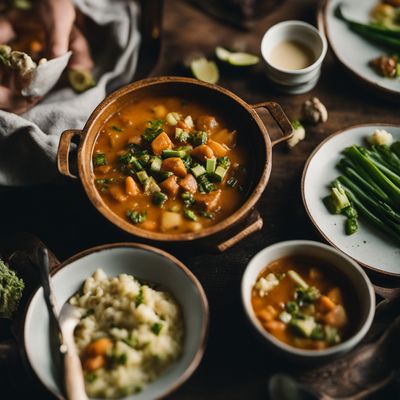
Mâncare de praz
Romanian Leek Stew
Mâncare de praz is a traditional Romanian dish made with leeks and cream. It is a simple and flavorful dish that is perfect for a quick and easy dinner.

Tirtlan
Tirtlan is a traditional Romanian dish that is typically served during the winter months. It is a hearty and filling dish that is perfect for cold weather.

Sângerete
Sângerete is a traditional Romanian dish made with pork liver and onions. It is a rich and flavorful dish that is perfect for a special occasion.

Ciorbă de cartofi
Potato soup
Ciorbă de cartofi is a traditional Romanian soup that is perfect for cold winter nights. It is a hearty soup that is full of flavor and easy to make.
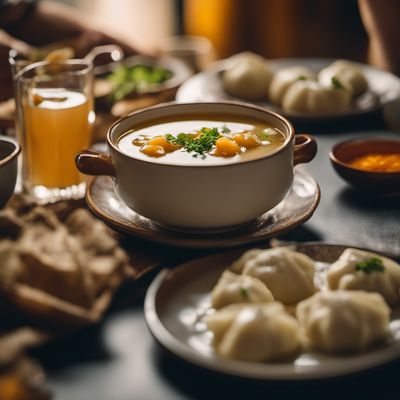
Supă (de pui) cu găluște
Chicken soup with dumplings
Supă cu găluște is a traditional Romanian soup made with chicken and dumplings. It is a comforting and satisfying dish that is perfect for any time of year.
Romanian cuisine recipes Browse all »
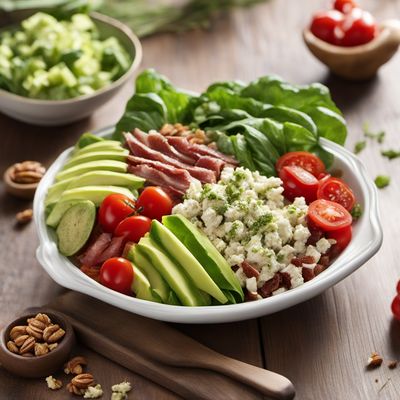
Romanian-inspired Cobb Salad
Transylvanian Harvest Salad: A Romanian Twist on the Classic Cobb

Oriental-inspired Romanian Salad
Exotic Fusion: Oriental-Inspired Romanian Salad

Romanian-style Kyivski Tort
Savory Layers of Romanian Delight

Taci şi înghite Stuffed Cabbage Rolls
Savory Delights: Romanian Stuffed Cabbage Rolls

Homemade Romanian Covrigi
Savory Romanian Pretzels: A Delightful Twist on Traditional Covrigi
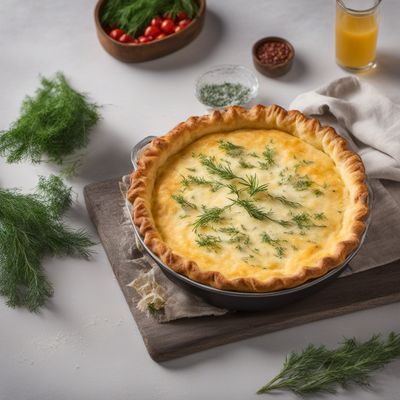
Savory Romanian Cheese Pie
Flaky Delight: Romanian Urdă Cheese Pie

Creamy Polenta with Cheese and Sour Cream
Velvety Romanian Delight: Creamy Polenta with Cheese and Sour Cream

Smoked Meat and Lettuce Soup
Savory Delight: Smoky Meat and Lettuce Soup

Romanian-style Fish Tacos
Danube Delights: Romanian Fish Tacos with a Twist
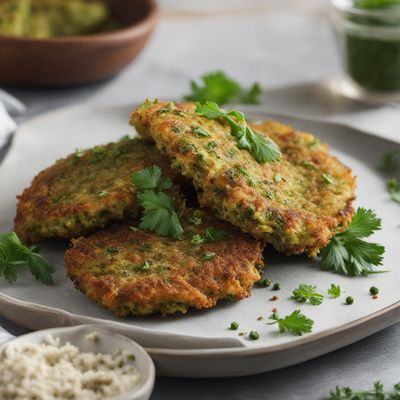
Crispy Zucchini Fritters
Golden Delights: Crispy Zucchini Fritters with a Romanian Twist
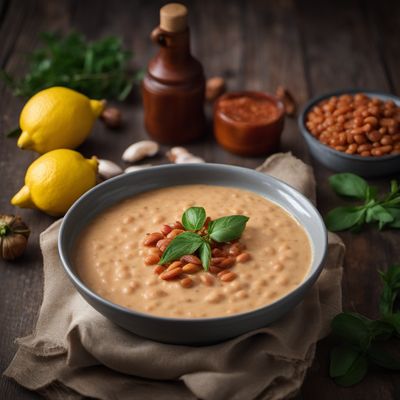
Creamy Romanian Bean Dip
Velvety Fasole Batută: A Romanian Delight

Romanian Apple Pastissus
Delicious Romanian Apple Pastries: A Sweet Treat from the Heart of Romania